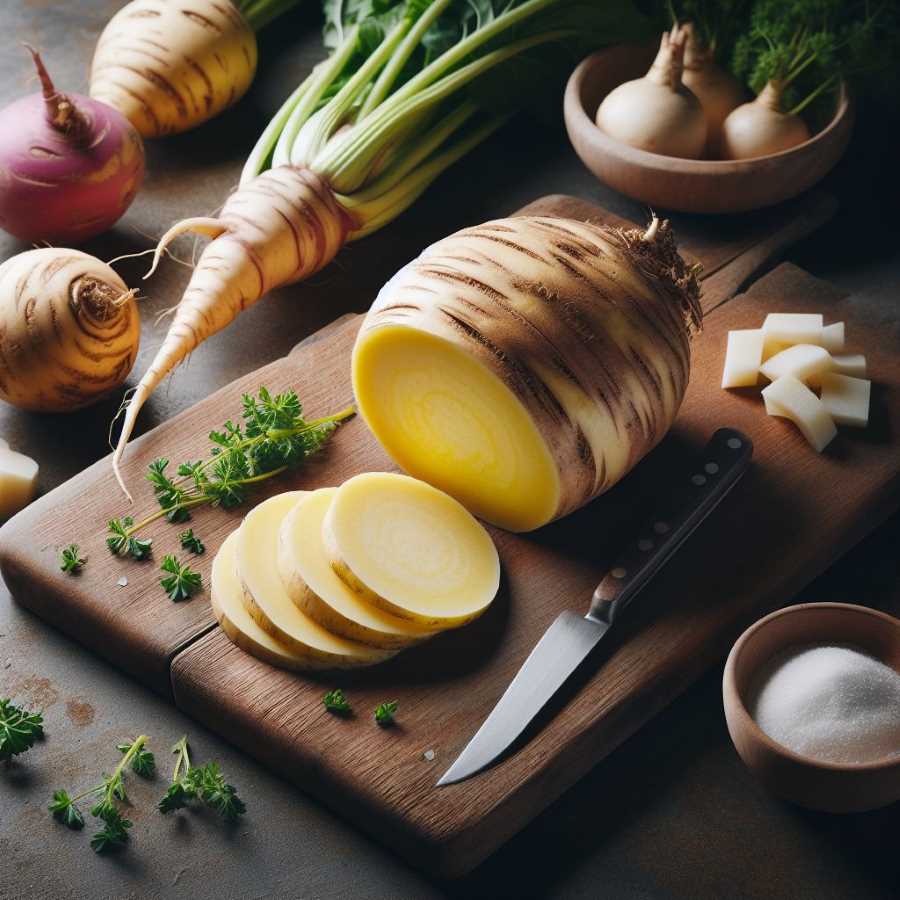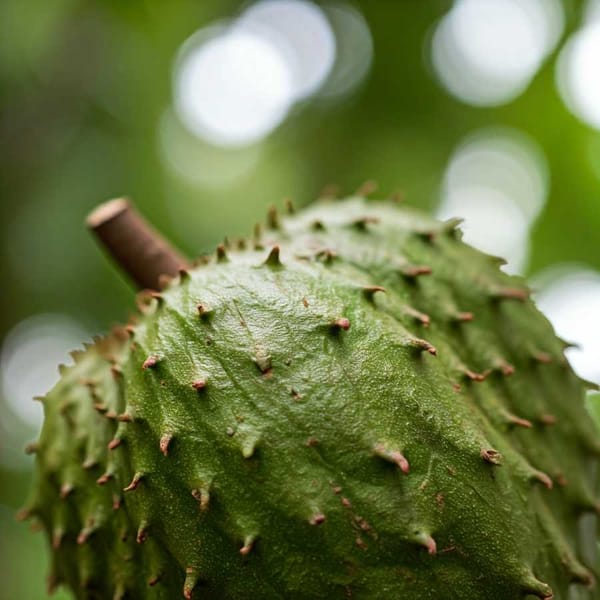The Art of Slicing a Rutabaga (and Keeping Your Fingers)
Don't grapple with a rutabaga and a dull knife. Learn how to safely prep this root vegetable. Sharpening your knife is key, then simple cuts tame its roly-poly shape. Understand its fibrous nature, use steady pressure, and enjoy the transformation from awkward root to delicious side dish.

I once watched a friend wrestle a rutabaga. Her brow was furrowed, her jaw clenched, and a dangerous glint lit her eyes as she grappled with the hefty root vegetable. Sweat beaded in defiance of the cool kitchen air. For a horrifying moment, I feared someone might end up in the emergency room with stitches. The culprit? A dull knife.
It's a scene all too familiar in kitchens where the art of knife sharpening isn't a revered ritual. A dull knife is more than just an annoyance; it's a genuine hazard, liable to slip, skitter, and generally misbehave, turning even the simplest of culinary tasks into a treacherous spectacle. And when your prey is a rotund and surprisingly dense rutabaga? Well, let's just say the stakes are raised.
Respect the Rotund
I've always had a soft spot for rutabagas. Part turnip, part cabbage, they possess the earthiness of their lineage with a mellow sweetness that belies their clunky appearance. They're not the prettiest vegetable around, often sporting scars and odd protrusions like a lumpy potato that's lived a particularly rough life. But like all root vegetables, they harbor a rustic charm begging to be coaxed out with roasting, mashing, or just a simple sauté.
Before the cooking adventure starts, however, comes the butchering. And anyone who’s faced down a whole rutabaga knows that the first step is taming the beast. These roots want to roll. Slice off one end, and the poor destabilized thing spins as surely as the globe seeking a new equilibrium.
The solution is simple and reveals that particular practicality good cooking often requires. Take a chef's knife and lop off both ends of the rutabaga decisively. With those flat surfaces created, stand it on end and carefully shave off a thin slice from one side. Voilà! You have created a new, wide base for your rutabaga to rest on while you slice it into manageable segments.
Fibers and Fight
As you begin slicing, be mindful that the raw flesh of rutabaga is incredibly fibrous. Picture it like the grain of a very tough piece of wood. This means that your knife may have a tendency to deflect ever so slightly with each rocking cut. Be prepared to counteract this with a little twist to the wrist, a gentle clockwise pressure to ensure your cuts are clean.
Slow and steady is the name of the game here. It's tempting to try and power through with the bulk of a chef's knife, but resist the urge. Rushing with a rutabaga, especially when the knife is less than razor-sharp, is a recipe for a potential trip to the doctor –– a far more unpleasant prospect than a few extra minutes spent on prep.
After slicing, it's time for peeling. A simple vegetable peeler or a paring knife works a treat. No need to get fancy; just focus on removing the thick, waxy rind and revealing the golden flesh beneath. Once peeled, you can dice, cube, or roast those slices to your heart's content.

A Note on Sharpness
Let's not mince words: A sharp knife is the most important tool in any kitchen. It's about efficiency, yes, but it's also about safety and ultimately the sheer pleasure of cooking. Invest in a decent sharpening stone or a whetstone, and learn to use it. If your skills aren't quite up to the task, most towns have a friendly knife-sharpening service for a few dollars—money well spent.
It may seem like a small matter, but a dull blade makes even the humblest tasks into miserable chores. And when faced with a special character like a rutabaga, respecting its nature and using the right tools turns the whole encounter into a rather delightful recreation—one that won't end with anyone wearing bandages.




